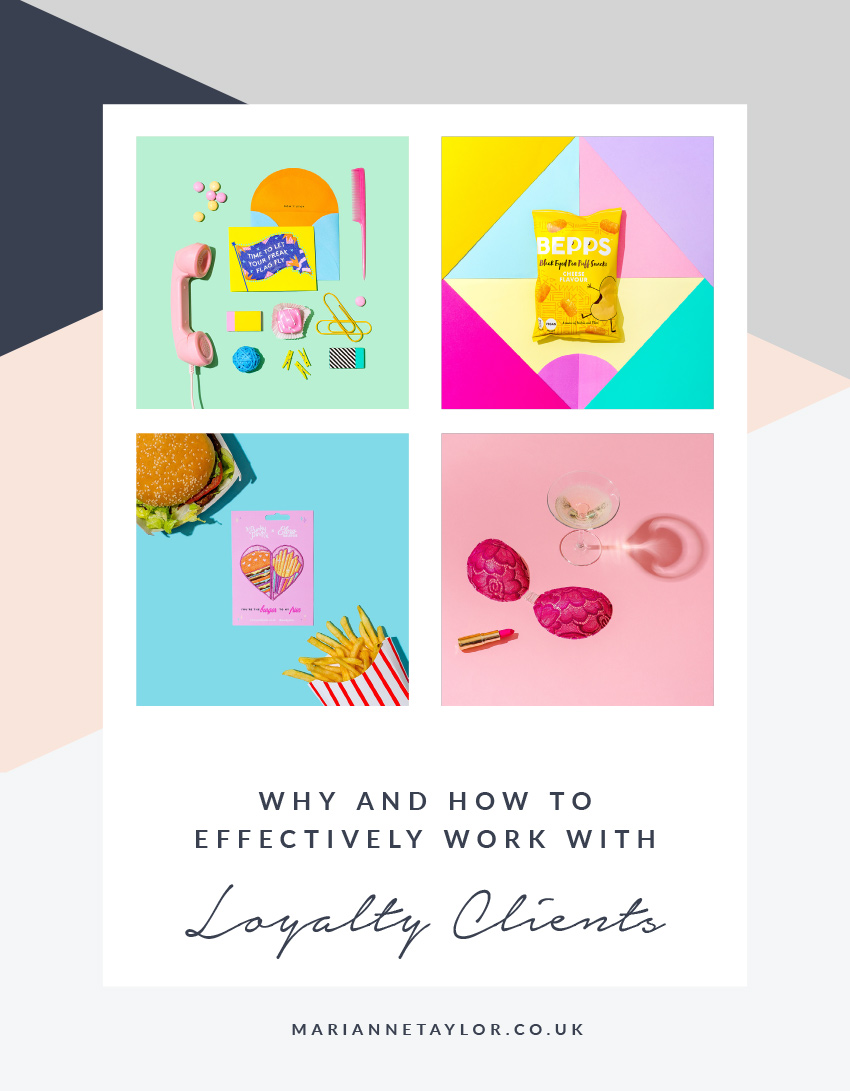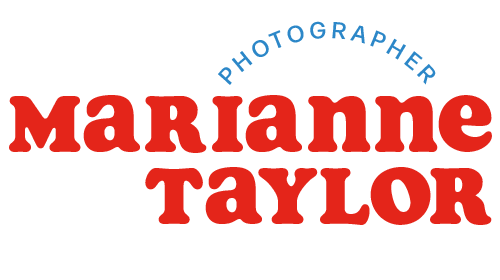
As a commercial photographer, I love to work on a variety of product photography or content creation projects. It’s always a breath of fresh air to work with a new client and to get to think about a different kind of product or content to bring to life. But having said that, the backbone of my business are my relationships with my loyalty clients, the ones who signed up for longer contracts and for whom I get to shoot monthly. Having those longer relationships has huge benefits for both me and my clients.
The main reasons for me to offer longer contracts are:
1. I get to develop a closer relationship with a client and really familiarise myself with their brand. The longer we work together, the sharper the imagery gets as my clients’ brand starts to feel almost like second nature, while communication gets easier as there is always specific material to refer back to.
2. I get to plan my cash flow better. The world of commercial photography can be quite fickle. Some months you’re working flat out, and some months it’s just crickets. I personally find that uncertainty quite stressful, and it definitely affects my creativity (as a business mentor I always advise my mentees to not make decisions out of place of financial pain or fear), so having that baseline of monthly clients allows me to relax knowing that my bills will get paid every month.
For my loyalty clients, the benefits are converse:
1. Usually, when you start working with a photographer, it can be quite overwhelming. You can’t instantly pinpoint the vibe that will work best for your brand, and there’s an awful lot of pressure getting that one shoot just right. When you know it’s an evolving relationship, it’s easier to explore different ideas and give a bit more creative freedom as well, which tends to yield the better results. Also, you’re able to plan your photography needs better throughout the year (whether for launches or seasonal promotions), having monthly photography dates in the calendar from the get-go.
2. You can plan your photography budget for the next six months or a year in advance so that there will be no surprises in case you suddenly need new shots you haven’t planned for, plus you’ll know you’re saving quite a bit of money when utilising my loyalty discounts.
So, those are the main benefits, but what does the actual process of working with loyalty clients look like? Over the years, I’ve been refining all the aspects of my client workflow to make it as effective as possible in a way that helps me structure my days and supports my clients and makes them feel like they’re in safe hands. I’m going to break it down as clear as I can in the next steps.
1. FIRST CONTACT
When a new potential client gets in touch, my first priority is to learn more about them and their product and/or brand, and provide them with as much information as they need to make a decision on their photography needs. Everything begins from asking questions about their initial needs and ideas, and with sharing my rate card, which explains my per image and day rates, as well as gives examples of past projects and also introduces the loyalty discount options for a 6- or 12-month contract.
We’ll then get deeper into trying to work out what kind of scope would best match the client’s photography needs. Once the client has decided on what to include in their package, and whether they’d like to go for a longer contract, we’ll find a date for their first shoot and they will fill in a booking form, which sends all their details directly into my client management system.
2. COMMISSION AND CONTRACT
Once the booking form is filled and my system has received all the information, I will prepare the client’s contract. Both one-off client and loyalty clients generally sign a contract that specifies the same things – license to use the images, payment terms, etc. – the only difference being that longer-term contract specifies for how many shoots they are being contracted to and what their discount level is. Payment terms are also slightly different depending on whether it’s a one-off shoot or a longer contract. Because one of my main incentives for offering loyalty clients (pretty substantial!) discounts is to have a more steady cash flow, payments for all monthly shoots are generally due on the last day of the month preceding the following month’s shoot. The contract gets then sent out electronically for the client to sign, along with a booking fee invoice to reserve their first shoot date.
3. SCHEDULING
When the contract is signed, and the booking fee has been paid, I will go on to plan a shoot schedule for the client. I’ll reserve a date for their shoot for each month for the duration of their contract so that they can be safe in the knowledge that their shoot will always take priority and they will also be able to plan their own workflow around the shoot dates. Once I’ve figured out the schedule, I will prepare a welcome document that has the most important information about how the practicalities work, reminding the client of the basics such as their monthly payments and when they are due, listing all the shoot dates and other important dates, such as when to get any shot lists or products over to me.
4. SHOOT PLANNING
Once the practical bits are in place, it’s finally time to dig into the fun, creative stuff! At this point, I usually create a secret Pinterest board for the new loyalty client and invite them to share images that they find represent the vibe they are after. Initially, I want to see images that they feel represent their brand, but I also invite them to pin images that I have shot that they especially like, whether for the colours, lighting or composition, so that I know what aspects of my style they are drawn to. These boards evolve over time, and, since we can have a discussion in the comments below each pin, it’s a great way to brainstorm for all the individual shoots to come.
I also ask clients to put together a shot list for each shoot. There are a few different ways that these are compiled, and it really depends on the client, what their product or service is like, and what they feel comfortable with in terms of creative freedom. Some of the different ways of compiling a shot list can be:
- A list of products that need to be shot, with a general description of the vibe and/or colours, but with most styling details left up to me.
- A list of images that need to work for specific purposes, for example for different launches or to highlight different kinds of social media content.
- A list of a few different types of themes to work into the images.
- A more specific list of products with an initial idea of the setting, props and/or colours and compositions for each.
5. PREPPING & SHOOTING
Once I know what products or the type of content I’m shooting, and have gone through some visual ideas and gotten a shot list from the client, it’s time to start prepping for the shoot. This will involve sketching out a rough plan for each shot in my sketchbook – mainly playing around with composition, marking down colour combinations, and plans for props. I’ll then go through my prop closets to hunt for any suitable props, and possibly go out to find (or make) some new ones if I need something fresh, unique or specific to the shoot. It’s important to have a solid plan and sketches for all my shoots, as depending on what the client has booked (a certain amount of images, or a half or full day), I might have a few different shoots in one day and I don’t want to waste the shoot day on running around putting together props etc. I just want to concentrate on each individual shot and how to light, compose and style them. In the grand scheme of things, when it comes to running a photography business, the actual shooting is such a small part of how you spend your time that when it is a shoot day, I prefer to try to relax into it and enjoy it as much as I can.
6. IMAGE WORKFLOW
When I’ve finished a shoot, the first thing I do is backup all the RAW files in two different places. Only after I know the images are safe can I relax and move on to doing something else. When it’s time to edit, I start with Lightroom where I’ll adjust the basics, such as colour balance, lens correction and any straightening or cropping that needs to be done. If it’s a lifestyle shoot, this is pretty much where the processing starts and ends, but creative stills will then be taken to Photoshop for a final polish. Depending on the final image, this can be a very time-consuming process, including things like cleaning up backgrounds and sometimes creating one final images from multiple shots (for example with multiple hands in one image or some such). I do really enjoy this part of the creative process as well, it can actually feel quite ‘zen’ to concentrate on making an image as polished as possible, but sometimes with bigger shoots it can feel like a never-ending time to be locked in front of the computer.
7. DELIVERY
Once the images are ready, they are uploaded into the client’s own password-protected gallery, where they can view all their images at once, download their hi-res files, or use a mobile app to share their images to social media. I always try to ask for specific feedback, and especially in the early stages of a longer contract I welcome any criticism, as that’s the only way to learn what’s working and what’s not, and refine the look for future shoots. Once I know that the client is satisfied, I can move onto other projects with a happy heart, until a couple of weeks later when we’ll start the process of planning for the next shoot all over again.
So there you have it, my complete process for working with loyalty clients on longer contracts. I really enjoy the whole process, and I love getting to know my clients on a different level, sometimes so well that some of my clients have become very good friends indeed.
If this peaked your interest in working together longer term, I’d really love to hear from you so we can get planning on making some colourful photography magic happen for your brand!
Get in touch and we’ll take it from there!
